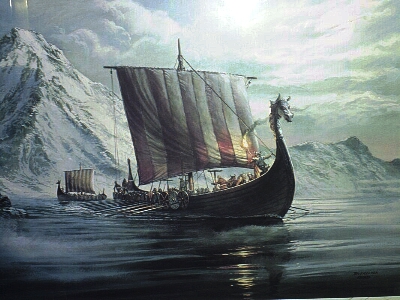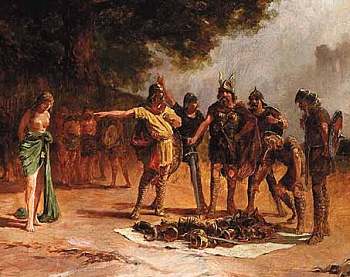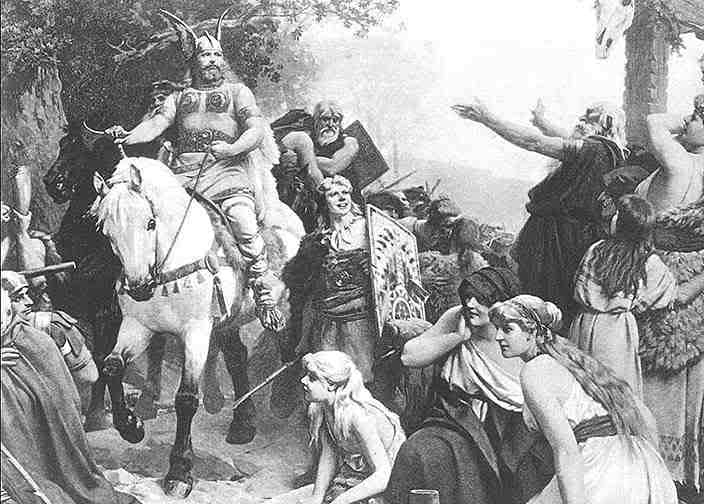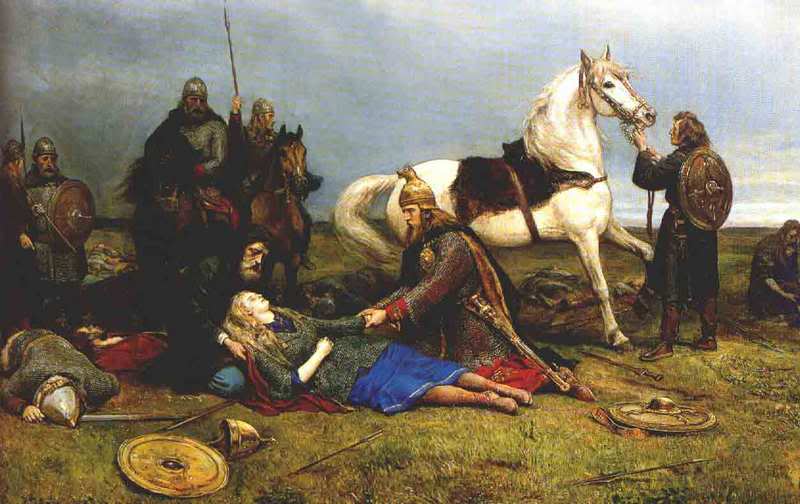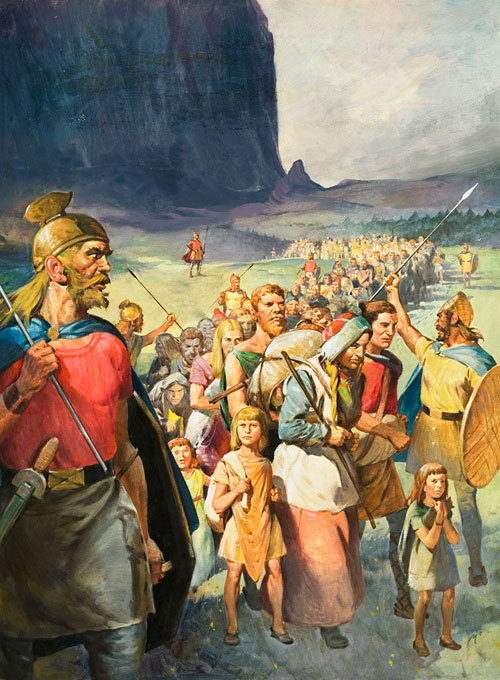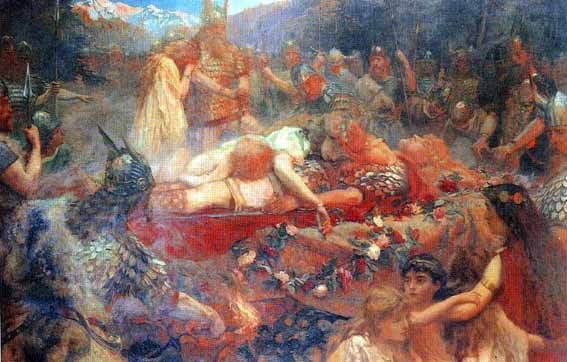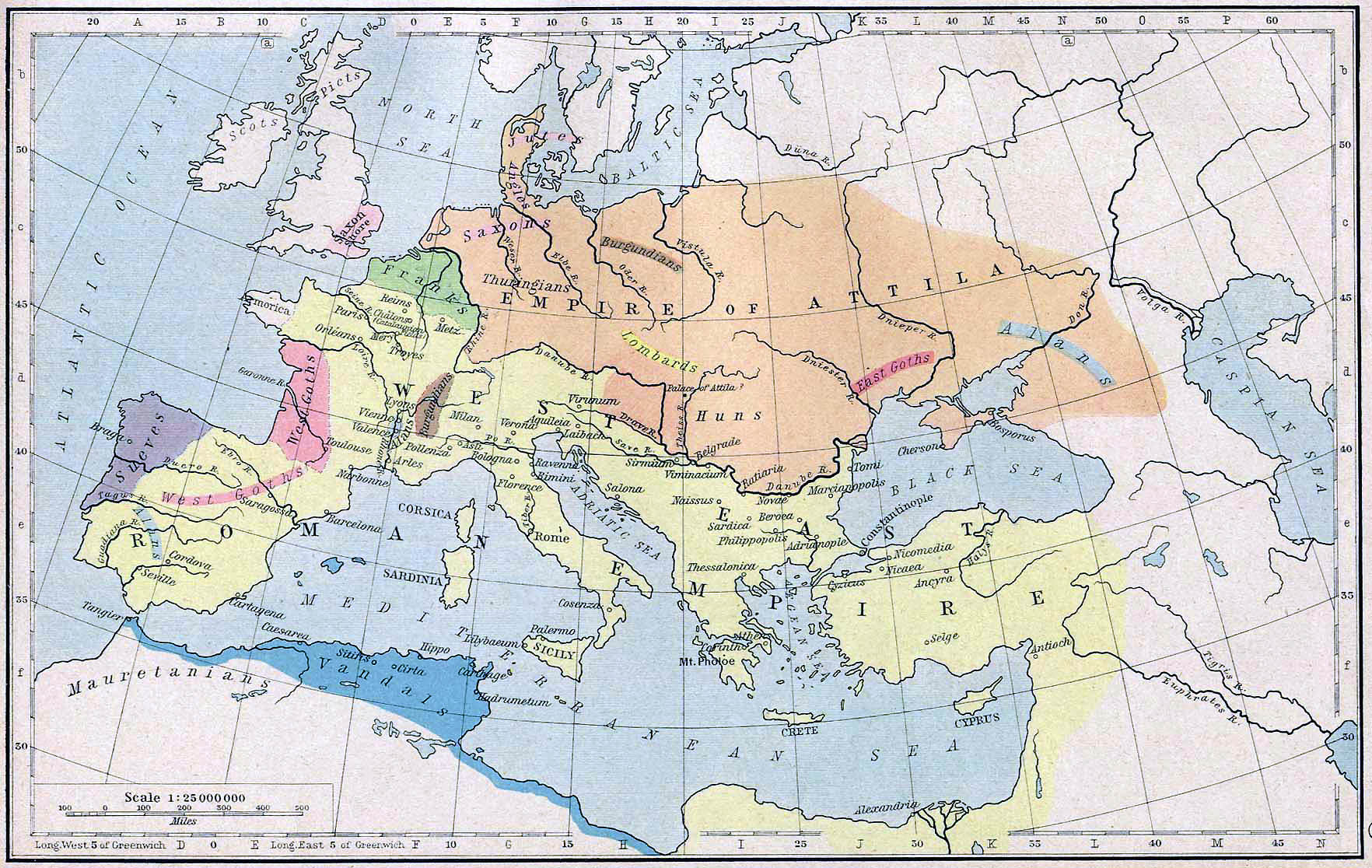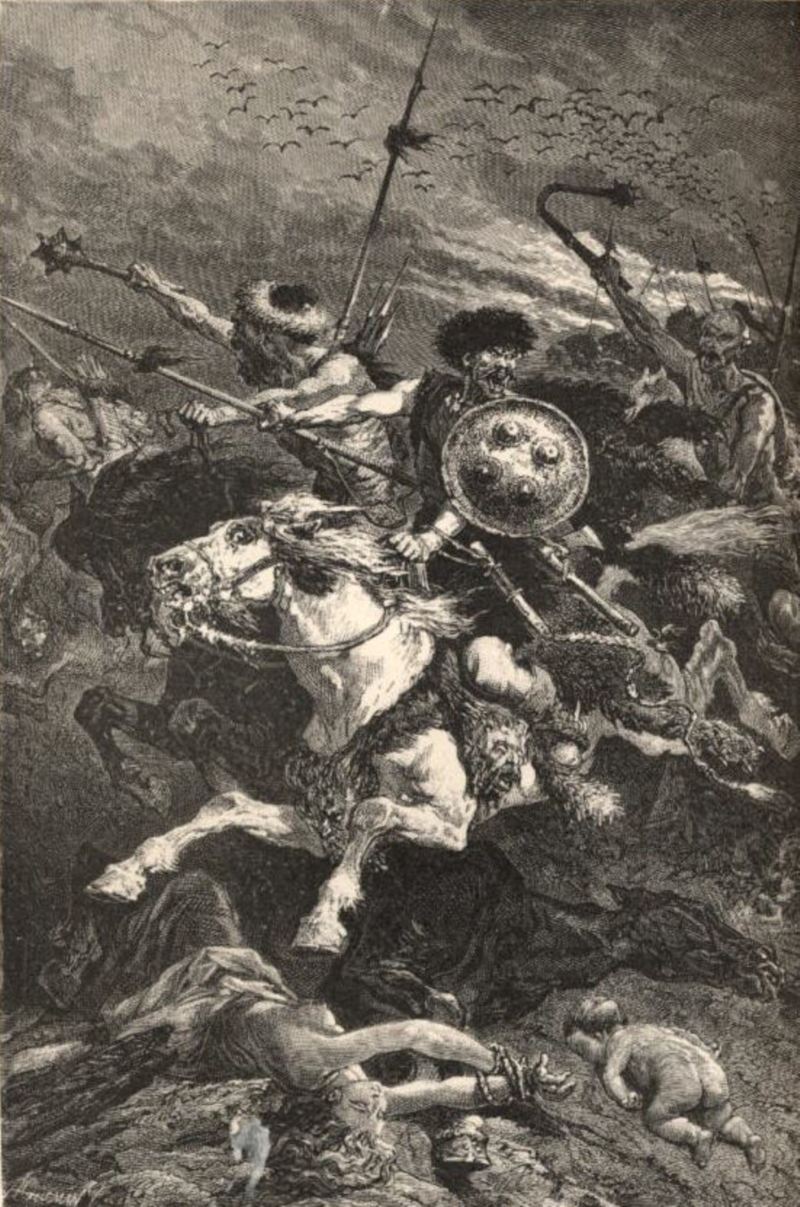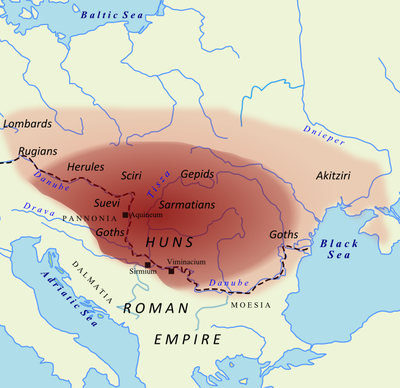The following are excerpted comments from:

Alex Linder said…
The problem is no one has ever demonstrated Whites feel guilt for no reason.
Lew said…
True enough. When the injustice aligns with Jewish interests, it gets different treatment in the media, and those are the injustices Whites do not seem to feel guilty about.
I can’t tell you the number of times I’ve clashed with White anti-Whites who cited Indians, slavery, Jim Crow, colonialism or the holocaust as reasons White should feel guilty. I’ve never had anyone bring up the Iraqi or Afghan civilian dead. I’ve never had anyone cite as reasons for guilt the cruel mistreatment of White indentured servants, or child laborers, or any other subset of the White population that has unfairly suffered.
If you go back a bit further, it also seems to be true that prior to the Jewish media takeover, Whites felt no unearned guilt at all about any event. Like every race/ethnic group, Whites have committed their fair share of actions that one could argue were injustices. But, prior to WW2, I know of no evidence Whites were collectively languishing with unearned guilt over Indians, slavery, and colonialism in the 1910s-1920s.
If you go back even further, I know of no major historical commentators who ever suggested Euro peoples like to claim unearned guilt. Who talked about this? Herodotus? Aristotle? Luther? Hume? Machiavelli? I don’t know that any of them ever did. If Whites have a guilt flaw, unless they discussed it and I missed it (possible), it seems that some of the most powerful minds to ever walk the Earth didn’t notice it.
So what we’re left with is this:
• Before the Jewish media takeover, unearned guilt seems to be non-existent among Whites.
• After the Jewish media takeover, unearned guilt has become pervasive among Whites. The exception is when events that you would expect to trigger guilt are aligned with Jewish interests.
So yeah, on reflection, I think you’re right: this inherent race-guilt argument quickly crumbles upon scrutiny. Not only is there no evidence Whites feel guilty for no reason, there is evidence the guilt perfectly aligns with Jewish media presentation, and Jewish presentation is the only explanation that makes sense.
Greg Johnson said…
Lew, Alex’s argument is specious. Of course Jews are manipulating white guilt to serve their interests. But that does not imply that white guilt is an entirely Jewish invention, that whites are merely passive and innocent victims of Jewish mental aggression. All the Jewish propaganda in the world couldn’t sell white guilt if white people were not willing to buy it. And as far as I know, whites are the only race weak and foolish enough to buy it.
Have you ever heard of Jesus? The core of Christianity is the doctrine that Jesus, who was without sin, took the sins of man upon himself and suffered our punishment for us, to square things with God. The whole doctrine is premised on the most primitive and absurd notion of justice, namely that justice can be done by punishing an innocent party in the place of the guilty party (which in turn is premised on the idea that punishment is first and foremost just a matter of animal sadism: the wounded animal lashes out in anger, and whether he lashes out at the innocent or the guilty does not really matter, because it feels the same to him). It is moral savagery wrapped up in religious sanctimony.
Modern white guilt is just a secularized version of Christian vicarious atonement: whites derive psychological gratification and social status from Jews, Christians, and liberals by assuming the unearned guilt of other whites and suffering for it. Or, better yet, making other whites who are not so enlightened suffer for it, by giving our countries away to non-whites and Jews.
Alex Linder said…
Encouraging whites to blame themselves isn’t fighting the enemy: it’s helping the enemy.
Greg Johnson said…
Revisionists don’t reject it head-on. They simply try to dispute the facts, as if our race really would have no right to exist if our people had committed various historical atrocities. Try that kind of reasoning on any other race. Do the Asians feel guilty about Genghis Khan? How about the Muslims about their conquests? Whites have become a morally sick, rotten race because of our acceptance of Christian morality and its secular offshoots, although it is an open question if whites have some deeper, biological propensity to accept such ideas. It would also be interesting to see biological studies that address the issue of whether other races have equal propensities. Based on anecdotal evidence and history, I think not.
Alex Linder said…
Do the Asians feel guilty about Genghis Khan? How about the Muslims about their conquests?
They would if they were being told to by authority 24 hours a day. Why do you think jews buy up media? And bribe polls? And train teachers? Does all that suddenly have no effect?…
I notice also this topic came up at OD [Occidental Dissent], and most agree with me that the “white guilt” thesis is a crock, although Brad Griffin does not.

At Occidental Dissent Brad Griffin (“Hunter Wallace”) said:
Alex Linder writes:
The problem is no one has ever demonstrated Whites feel guilt for no reason. Johnson and Taylor and others pushing this line ignore the media factor. White guilt, as with other attitudes, is simply a function of jews controlling the media and telling them how to feel. It’s no more complex than that.
No, it is a lot more complex than that.
Europeans have a long history of self-hatred and debasing themselves over their sinfulness to appease the Almighty. [White guilt] is a byproduct of certain formulations of Christianity and liberal republican ideology.
Everyone here knows that Yankee White guilt was a huge problem long before the Jews became powerful in America. [Cf.] Thaddeus Stevens, Charles Sumner, John Brown, William Lloyd Garrison, Uncle Tom’s Cabin. Read Lincoln’s speeches about drenching battlefields in Southern blood to atone for the sins of slavery. Yankees were worshipping free negroes like Frederick Douglass before the WBTS [War Between the States]. Henry David Thoreau protested Indian Removal and the Mexican War. Lincoln also opposed the Mexican War.
Britain and France abolished slavery over White guilt. In France, the Jacobins in the French Revolution even went so far as to make blacks into citizens with equal rights, and dispatched troops to the Caribbean with guillotines to kill the White planters. Blacks were lionized as the saviors of the colonies and the only true republicans in the West Indies. King Leopold II was portrayed as a monster in Britain and was forced to turn over the Congo Free State to Belgium.
Jews are aggravating a preexisting problem for their own selfish purposes. If every Jew in America vanished tomorrow, there would be a lot less White guilt and our situation would markedly improve, but we would still be left with the self righteous hypocritical Yankee holier-than-thous in Congress. [The fact that] Jews control the media isn’t a sufficient explanation: the South opposed the Civil Rights Act of 1964, only the North and West were for it.
While I agree that Jews promote White guilt through the mass media and universities, I disagree that White guilt would disappear if every Jew in America disappeared tomorrow. White guilt has deep roots in Christianity and liberal republican ideology. It goes back to the myth of the noble savage. Again, look up Uncle Tom’s Cabin. See also The Society of the Friends of the Blacks during the French Revolution.
[Back to:]

Alex Linder said…
I think Kevin MacDonald knows [that Holocaust] revisionism is basically right, and he respects the horrors the fact-finders have endured for their pains, but he doesn’t want any more notoriety for himself, so he’s avoiding the matter. And Jeeves Johnson is just following along behind him.
My interpolated comment for this blog:
I think Linder and other commenters at VNN are deceiving themselves on this issue. They simply cannot conceive that a new generation of nationalists might have good reasons for not taking revisionism seriously.
Lew said…
Quite frankly, I am troubled by the extent to which these “white guilt,” “we’re doing it to ourselves,” “Whites are the problem” memes have wormed their way into our conversations.
It’s not as if spreading this poisonous, noxious, ludicrously false idea is without consequences. New people are coming and going to our sites all the time. New people are hitting our sites all the time. The worse things get, the more people will look for answers. A percentage of them will find our communities.
It’s painful to think that new people are coming to our sites, breaking from the mainstream, only to “learn” we’re doing it to ourselves rather than the truth, that none of our problems can be solved because we’re under constant attack by the organized Jewish community.
I discovered Kevin MacDonald’s work because I ran across white nationalists discussing it in the comments on now some defunct forum 11-12 years ago. Today, people are likely to find comments about how we did it to ourselves due to guilt, Christianity, the Enlightenment, altruistic self-punishment, economic greed, comfort, consumerism, apathy or whatever. These people are taking a common sense idea—there are many reasons we are in this situation—and bending, warping and twisting it into an excuse to exonerate Jews, downplay the role of Jews, and put the primary blame on ourselves.

My comment:
Like Linder, Lew is misreading our minds. I for one have absolutely zero wish to “excuse” or “exonerate” the fucking tribe. My motivation is sheer curiosity of the rather complex etiology—a witches’ brew!—of the West’s darkest hour.
Recently I tried to engage Lew outside VNN, at Counter-Currents. Slightly edited, this is what I told him there:
Lew,
Are you aware that the Middle East, Egypt (with blond Pharaohs) and India once harbored considerable Indo-European (“Aryan”) populations; that Greece, Macedonia and Rome were infinitely more Nordish than today (especially Sparta); that the One Ring of greed and power (economics over race) made these Nordics and Mediterraneans misecgenate and eventually mongrelize their progeny with Semitic people, Numbians and other non-whites?
Are you aware that even Portugal was far more homogeneous (“Gothic” i.e. Scandinavian) than the racial mess we see today, with laws that forbade mixing marriages of the “blue blooded” blonds and that, after the Christian ethos took over, they finally mixed their blood with black slaves? Or that we cannot blame jews in a New Spain exclusively ruled by pure whites for the simplest reason that through three centuries jews were ruthlessly persecuted, and even burned at the stake, and that by their own volition the Spaniards—sans jews—ruined their genetic pool with the Indians in this part of America?
You say that “the primary blame” of our current predicament should be “uncontroversial” (the Jewish tribe). Really? It looks like most nationalists have not read Arthur Kemp’s 686-page history of the white race.
When [in a previous comment] I said that deracinated whites have been our worst enemy, I also had in mind the history of how they empowered the Jews in the first place, when dominion of the press by Jews was not complete. It is a textbook case of what William Pierce says:
The “White guilt” syndrome exploited so assiduously by America’s non-White minorities is a product of Christian teachings, as is the perverse reverence for “God’s chosen people” which has paralyzed so many Christians’ wills to resist Jewish depredations.
What bothered me the most while studying 19th century European history of Jewery is the timidity of white Europeans to see the threat that the Jews represented. Nineteenth century whites seemed psychically paralyzed by the new ideas of emancipation and the equality of men that resulted from the Revolution in the previous century.
So these deracinated whites have been Whites’ worst enemy in modern times (not to mention what happened since the Ancient World as I said above). You only have to look at the Constitution of the United States, directly inspired from French “Enlightenment” ideas, to see the damned thing in full light: “We hold these truths to be self-evident, that all men are created equal, that they are endowed by their Creator with certain unalienable Rights, that among these are Life, Liberty and the pursuit of Happiness.” And for this egalitarian goals “Governments are instituted” in the pursue of “happiness”: exactly why the tribe has been empowered in modern times by deracinated whites, especially in the United States.
By the way, did you miss our little discussion on this topic at The Occidental Observer a couple of months ago (cf. these chosen comments)? If you click on that link you will see that Franklin Ryckaert summarized my current views better than what I could do at the time.

